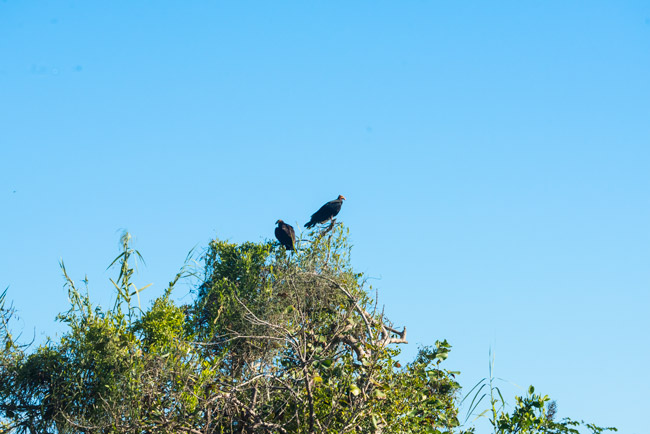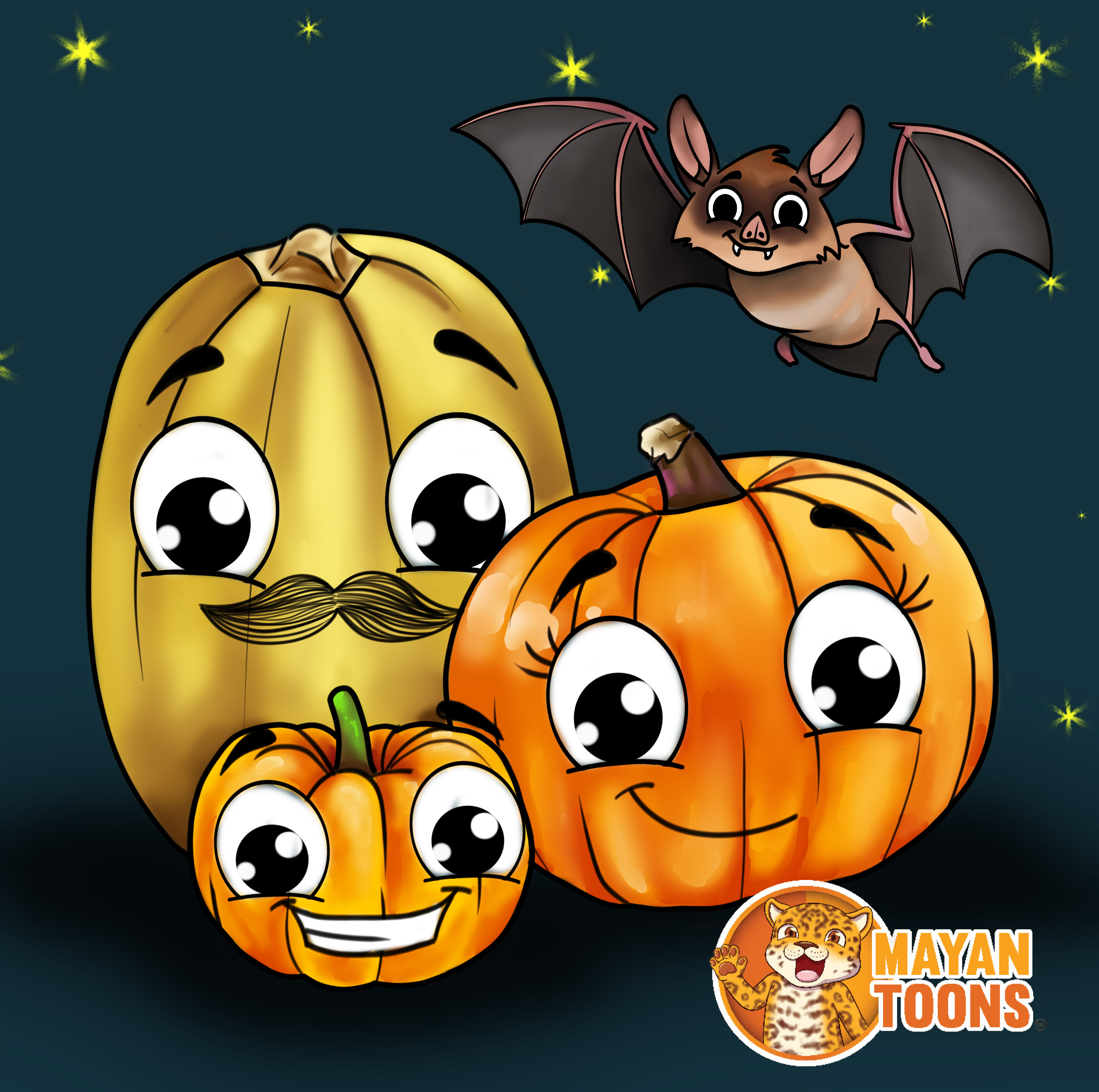Posted January 25, 2018
Caimans are related to alligators; crocodiles of course are related to crocodiles (the most famous of which are in Africa).
Guatemala and Mexico have three species: two crocodile species and one caiman (alligator relative).
Each live in slightly different eco-systems; all are endangered (their rivers and swamp eco-systems, and their own skins!).
We at FLAAR (USA) and FLAAR Mesoamerica (Guatemala) are continuing our long-range project to study these remarkable reptiles. We are preparing new scientific illustrations to significantly improve the standard profile and “from above looking down” view which are in dozens of books and scores of articles and web sites.
To continue reading about crocodiles and alligators of the Mayan areas….

































